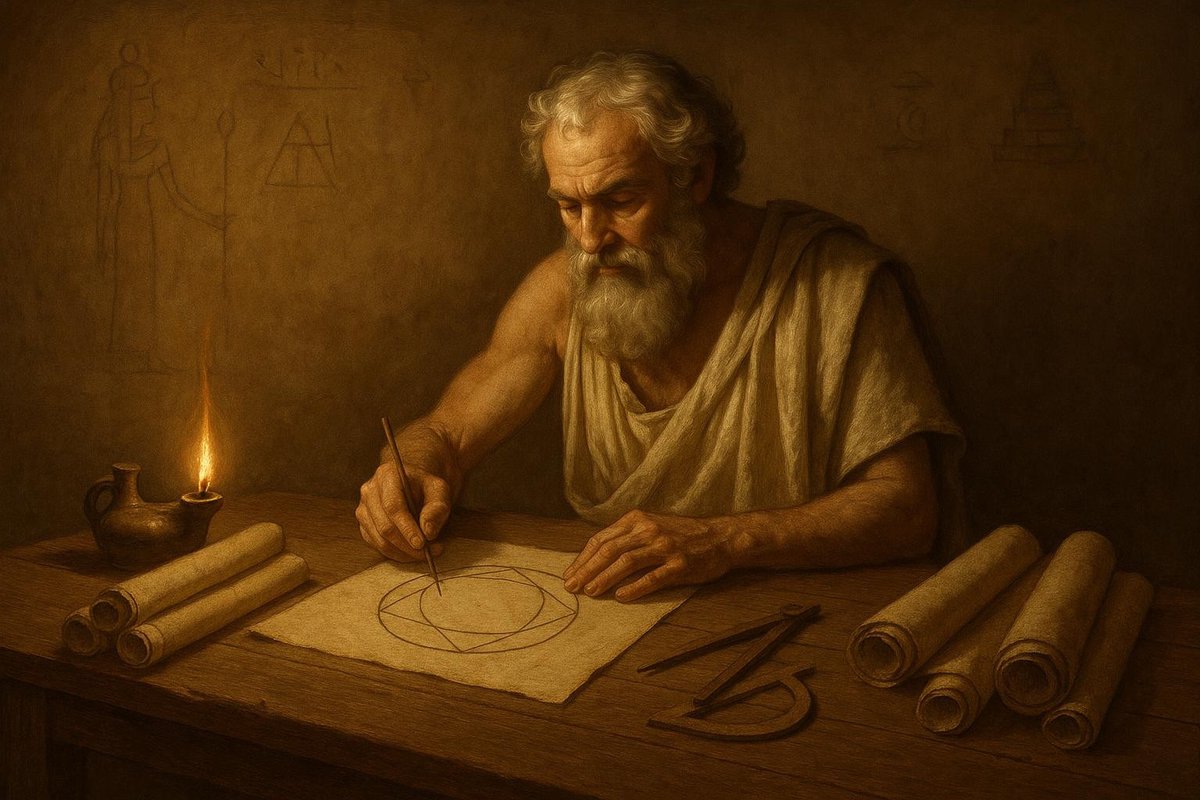
Imagine a circle, perfect in its form, capable of rolling endlessly. Now, picture yourself attempting to measure it. What number elegantly captures its essence, weaving its circumference with its diameter? This quest for understanding circles gave rise to one of mathematics’ most enchanting constants: Pi.
The Problem Context: An Ancient Curiosity
Interestingly, the fascination with circles and their mysterious properties is as old as civilization itself. Humans have always been drawn to the symbol of perfection that a circle represents. Ancient Egyptians and Babylonians around 1900 BC found the circle’s promise irresistible, and many people believe their early approximations of Pi hovered around 3.125.
- In Egypt, the Rhind Mathematical Papyrus suggested an approximation of Pi, hinting at deep mathematical speculation.
- Babylonian tablets unearthed from history show calculations eerily close to Pi, a testament to their keen observation skills.
What drove these ancient civilizations? A societal and cultural reverence for geometry as a path to understanding the divine and natural world. These early mathematicians clung to circles as keys to unraveling larger cosmic mysteries.
The Theoretical Breakthrough: Archimedes’ Insight
Of course, the Greek mathematician Archimedes around 250 BC elevated the circle to new mathematical heights. His ingenious technique, inscribing polygons within circles, allowed him to approximate Pi with remarkable precision, a blend of logic and inspired guesswork.
- Archimedes’ method involved using polygons with multiple sides to approximate a circle’s curvature.
- He meticulously calculated the perimeters of these polygons, nudging ever closer to the true circumference of the circle.
Without modern tools, Archimedes’ insight was profoundly innovative. His intellectual puzzle was a quest not merely for numbers but for a deeper appreciation of geometry’s elegance. His work laid the groundwork for the concept of limits, a fundamental idea in calculus.
Supporting Evidence: Rigorous Proofs and Rival Theories
As time goes on, Pi’s allure captivated further mathematical minds across centuries. During the Renaissance, mathematicians like Ludolph van Ceulen spent a lifetime refining Pi’s decimal places, a labor of love and intrigue.
- Van Ceulen calculated Pi to 35 decimal places, a feat immortalized on his tombstone.
- Euler’s introduction of the symbol π in the 18th century provided a language to discuss this elusive quantity.
Each contribution added layers of understanding and precision, cementing Pi’s place in the mathematics canon. Mathematicians engaged in spirited debates, each trying to outdo the other in their devotion and accuracy.
Modern Relevance: Pi in Today’s World
In today’s digital era, Pi remains a symbol of mathematical purity and mystery. Its infinite representation continues to intrigue mathematicians and enthusiasts alike, reflecting humanity’s enduring curiosity.
- Pi is essential in calculating everything from the circumference of a pizza to the architecture of modern bridges.
- On Pi Day, March 14th, enthusiasts worldwide celebrate its infinite nature and applications.
Each digit of Pi is a step further into the infinite, a testament to human perseverance. Its study extends beyond pure math into physics, engineering, and even art, illustrating how timeless curiosity fuels advancement.
In conclusion, the discovery and exploration of Pi demonstrate a profound human desire to understand the universe. From ancient scribes to modern scholars, each has added a layer to our comprehension, ensuring Pi’s place as a constant in the symphony of mathematics.
Fuel Someone Else’s Curiosity
If this journey into the world of Pi has sparked your own curiosity, why not share the wonder? Discuss these ideas with a friend, or delve deeper into mathematical history yourself. The beauty of mathematics lies in its ability to inspire and connect us all. Let curiosity be the torch that lights your way to new discoveries.

Leave a Reply